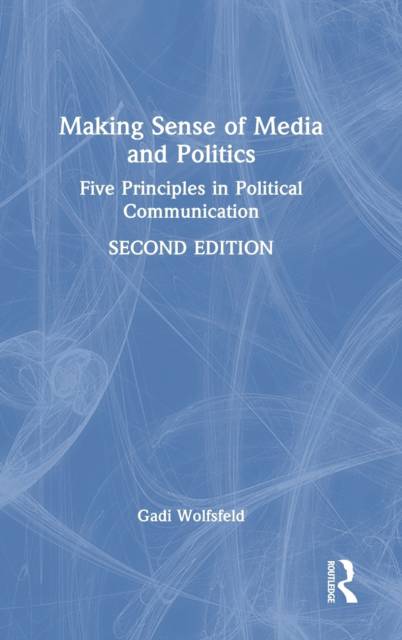
- Retrait gratuit dans votre magasin Club
- 7.000.000 titres dans notre catalogue
- Payer en toute sécurité
- Toujours un magasin près de chez vous
- Retrait gratuit dans votre magasin Club
- 7.000.000 titres dans notre catalogue
- Payer en toute sécurité
- Toujours un magasin près de chez vous
Making Sense of Media and Politics
Five Principles in Political Communication
Gadi Wolfsfeld
Livre relié | Anglais
182,45 €
+ 364 points
Format
Description
In Making Sense of Media and Politics, Gadi Wolfsfeld introduces readers to the most important concepts for examining the interrelationship of media and politics. Five major principles are used to summarize the major arguments:
- Political power can usually be translated into power over all forms of media.
- When the powerful lose control over the political environment, they also lose control over all forms of media.
- Every political story that appears in every form of media is biased.
- All forms of media are primarily dedicated to telling good stories, which can have a major impact on political processes.
- Many of the most important effects of the various forms of media on citizens tend to be unintentional and unnoticed.
By identifying these five key principles of political communication, Wolfsfeld examines those who package and send political messages, those who transform political messages into stories, and the effects this can have on citizens, and how the more active members of the public ("users") can initiate their own stories. The result is a brief, engaging guide to help make sense of the wider world of media and politics and an essential companion to more in-depths studies of the field.
New to the Second Edition
Spécifications
Parties prenantes
- Auteur(s) :
- Editeur:
Contenu
- Nombre de pages :
- 138
- Langue:
- Anglais
Caractéristiques
- EAN:
- 9781032009933
- Date de parution :
- 18-03-22
- Format:
- Livre relié
- Format numérique:
- Genaaid
- Dimensions :
- 152 mm x 229 mm
- Poids :
- 394 g







